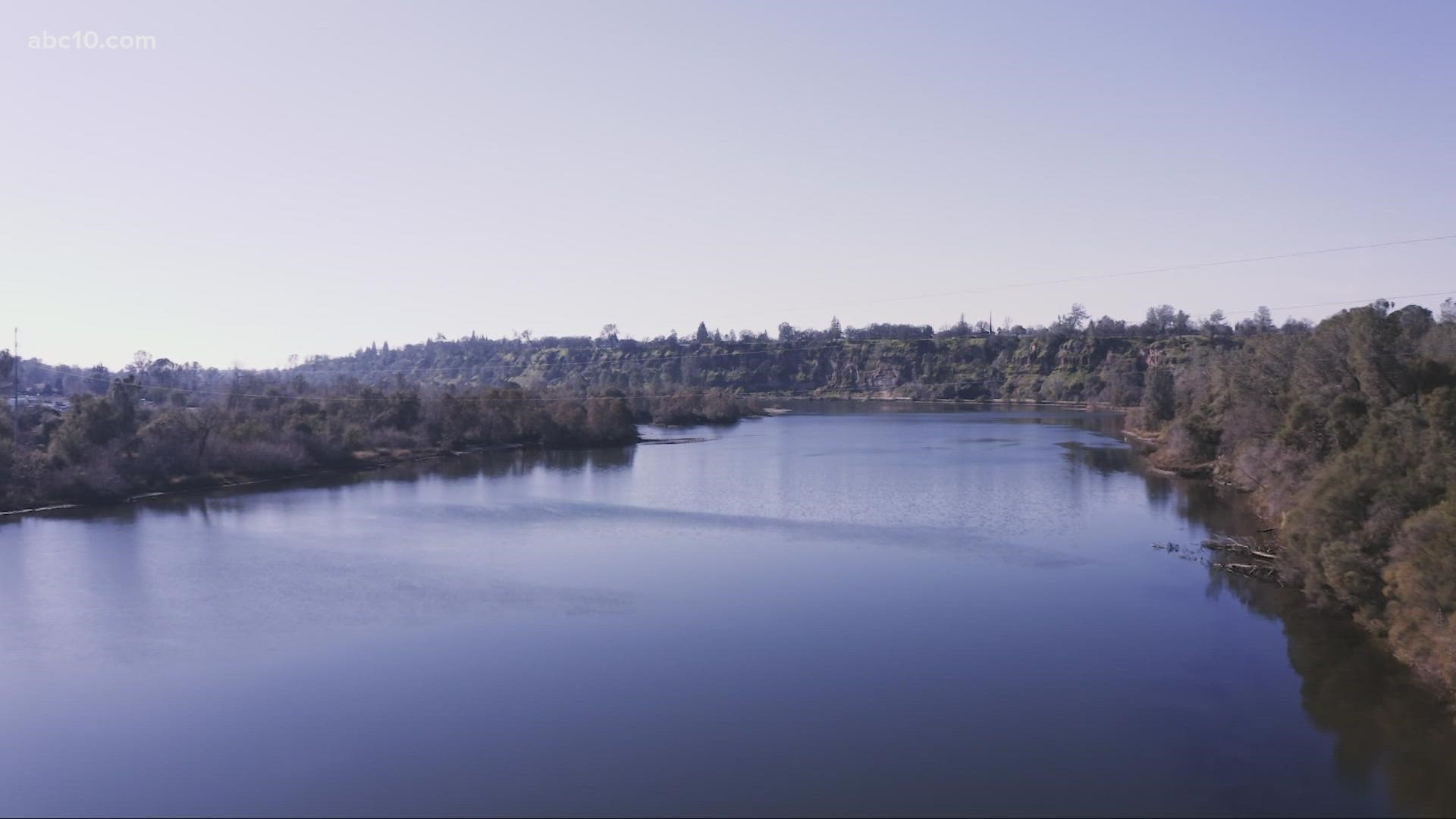SACRAMENTO, Calif. — Hopes of a big drought busting year in California are starting to look grim after what felt like a great start to the rainy season.
January delivered little, if any, rain and snow and now February is off to an equally dry start. The winter whiplash continues to challenge water managers and with climate trends showing more of this boom or bust pattern, the state is rethinking its water supply system.
Now the state wants to head underground to explore what could be its biggest water storage potential.
Steve Springhorn is part of the California Department of Water Resources team analyzing where water can be stored underground. He says there are over 500 underground water basins in our state that are really important to the state’s water supply.
Up until now, the mapping has been somewhat limited. But a new program called Aerial Electromagnetic Survey is helping to fill in the gaps. Springhorn says this data is a fundamental piece in understanding how the water gets from the surface into the groundwater system. The program uses a helicopter towing electronic equipment to scan below the surface. Kind of like an MRI of the area.
Project manager Katherine Dlubec says knowing the type of materials below the surface makes a big difference in where we can store water. Sand and gravel allow water to move through, but finer grains like silt and clay tend to inhibit water flow.
This is critical information for sustainability projects like the Regional Water Authority’s (RWA) Water Bank, an underground natural reservoir in the American River Basin two times the size of Folsom Lake.
Ryan Ojakian with RWA says when flows are a bit higher on the American River, they can capture some of the extra water and put it into the groundwater basin to be used in the summer. This allows more flexibility and a bigger portfolio of water storage.
Watch more from ABC10
Why combatting climate change just got a whole lot cuter

